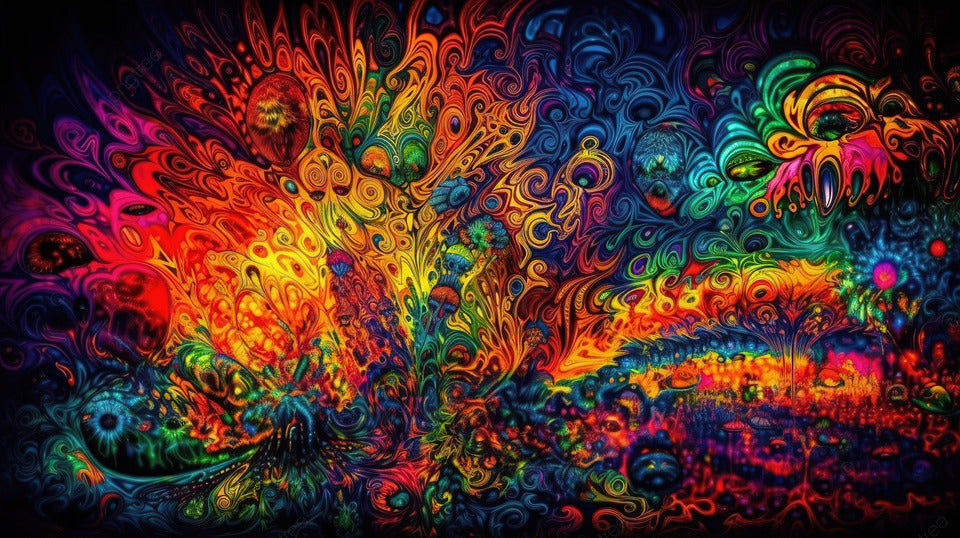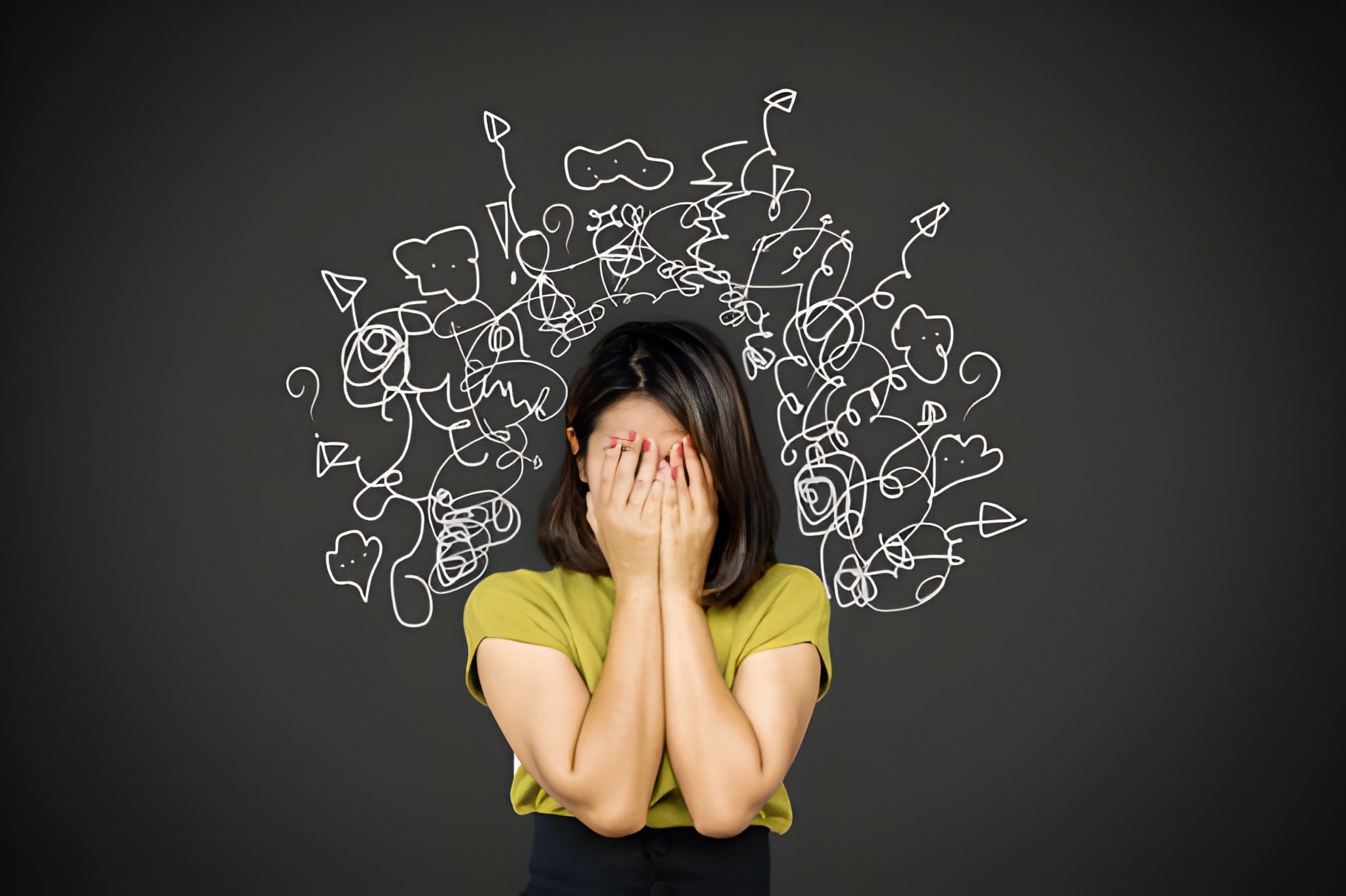
The Anxiety Illusion: How Cognitive Biases Amplify Fear and Proven Ways to Rewrite Your Mental Script
Anxiety is a universal human experience, a primal response designed to keep us safe from danger. Yet, in the modern world, where physical threats are often replaced by psychological ones, anxiety can feel like a relentless shadow, distorting reality and amplifying fear. The Anxiety and Depression Association of America estimates that anxiety disorders affect 40 million adults in the United States alone, roughly 18% of the population. But what if much of this anxiety is an illusion, a trick of the mind fueled by cognitive biases? These mental shortcuts, while evolutionarily useful, often warp our perception, making fears seem larger and more imminent than they are. Understanding these biases and learning evidence-based strategies to counteract them can help us rewrite our mental scripts and reclaim control over our emotional lives.
The Cognitive Machinery Behind Fear
Our brains are wired to process information quickly, often relying on cognitive biases—systematic errors in thinking that influence how we interpret the world. These biases, rooted in survival, prioritize speed over accuracy, which can exaggerate anxiety. For instance, the negativity bias makes us focus more on threats than positive outcomes. A 2019 study in Nature Communications found that negative stimuli activate the amygdala, the brain’s fear center, more intensely than positive ones, explaining why a single critical comment can overshadow a dozen compliments.
Another culprit is the availability heuristic, where we overestimate the likelihood of events based on how easily they come to mind. Vivid media coverage of rare events, like plane crashes or violent crimes, can make them seem far more common than they are. The Federal Aviation Administration reports that the odds of dying in a plane crash are 1 in 11 million, yet many people fear flying more than driving, which has a fatality rate 100 times higher. This bias distorts our sense of risk, fueling irrational anxiety.
The confirmation bias also plays a role, as we seek information that aligns with our fears while ignoring contradictory evidence. If you’re anxious about public speaking, your brain might fixate on memories of past stumbles, disregarding successful presentations. These biases create a feedback loop, where anxiety fuels distorted thinking, which in turn heightens anxiety.
The Illusion of Catastrophe
Catastrophizing is a cognitive distortion where we imagine the worst possible outcome, even when it’s unlikely. This mental habit amplifies anxiety by turning minor setbacks into perceived disasters. For example, a missed deadline might spiral into fears of losing your job, reputation, or financial stability. A 2020 study in Cognitive Therapy and Research found that catastrophizing is strongly linked to generalized anxiety disorder, with participants who engaged in this thinking pattern reporting higher levels of distress.
The brain’s tendency to overestimate danger stems from the overgeneralization bias, where a single negative event is seen as a pattern. If one social interaction goes poorly, you might conclude, “I’m terrible with people.” This distortion ignores context and variability, trapping you in a cycle of self-doubt. The illusion of catastrophe thrives because our brains are wired to prepare for worst-case scenarios, a trait that once ensured survival but now often fuels unnecessary worry.
The Social Media Amplifier
In the digital age, social media acts as a megaphone for cognitive biases. The bandwagon effect—where we adopt beliefs because others do—can intensify anxiety by exposing us to curated lives that seem perfect. A 2021 study in The Lancet found that excessive social media use correlates with increased anxiety, particularly among adolescents, as they compare themselves to idealized online personas. Algorithms feed us content that aligns with our existing fears, reinforcing confirmation bias. For instance, if you’re anxious about health, you might encounter endless articles about rare diseases, making you feel more vulnerable.
The constant barrage of notifications and news updates also triggers the Zeigarnik effect, where incomplete tasks or unresolved information keep our minds preoccupied. Unread messages or breaking news alerts create a sense of urgency, spiking anxiety. This digital overload distorts our perception of reality, making the world seem more chaotic and threatening than it is.
Rewriting the Mental Script
Breaking free from the anxiety illusion requires rewiring how we think. Cognitive Behavioral Therapy (CBT), one of the most effective treatments for anxiety, targets cognitive biases directly. A 2018 meta-analysis in The Journal of Clinical Psychiatry found that CBT reduces anxiety symptoms in 60% of patients, often within 12 weeks. The process involves identifying distorted thoughts, challenging their validity, and replacing them with balanced perspectives.
One powerful CBT technique is cognitive restructuring, where you question catastrophic thoughts. For example, if you fear failing an exam, ask: “What’s the worst that could happen, and how likely is it?” Then, consider more realistic outcomes, like passing with a lower grade or retaking the test. This approach weakens the grip of overgeneralization and catastrophizing by grounding your thoughts in evidence.
Mindfulness as a Bias Buster
Mindfulness practices, such as meditation and deep breathing, help counteract cognitive biases by fostering present-moment awareness. A 2022 study in Mindfulness showed that an 8-week mindfulness program reduced anxiety by 25% in participants by decreasing activity in the amygdala. Mindfulness trains you to observe thoughts without judgment, reducing the power of negativity bias. For instance, instead of fixating on a worrisome thought, you acknowledge it and let it pass, like a cloud in the sky.
A simple mindfulness exercise is the 5-4-3-2-1 technique, where you name five things you see, four you can touch, three you hear, two you smell, and one you taste. This grounds you in the present, disrupting the spiral of anxious thoughts. Regular practice rewires your brain to focus on reality rather than distorted fears.
Building a Resilient Mindset
Long-term resilience against anxiety involves cultivating habits that counteract cognitive biases. Journaling is one such habit, allowing you to externalize and analyze anxious thoughts. A 2019 study in Behavior Research and Therapy found that expressive writing reduced anxiety symptoms by 20% over four weeks. By writing down your fears and challenging their logic, you weaken confirmation bias and gain perspective.
Another strategy is exposure therapy, where you gradually face feared situations. If public speaking triggers anxiety, start by speaking to a small, supportive group, then scale up. A 2020 study in Behaviour Research and Therapy found that exposure therapy reduced social anxiety by 50% in 70% of participants. This approach desensitizes you to triggers, dismantling the availability heuristic’s hold.

The Power of Perspective
Ultimately, overcoming the anxiety illusion requires embracing a broader perspective. The reframing technique involves viewing challenges as opportunities rather than threats. For example, instead of seeing a job interview as a test you might fail, view it as a chance to showcase your skills. A 2021 study in Emotion found that reframing stressful situations reduced cortisol levels, a key stress hormone, by 15%.
Building social connections also mitigates anxiety. Talking to trusted friends or a therapist can challenge distorted thoughts and provide reality checks. The National Institute of Mental Health notes that social support reduces anxiety symptoms by fostering a sense of belonging. By sharing your fears, you dilute their power and gain clarity.
A New Narrative for Your Mind
The anxiety illusion, driven by cognitive biases, can make the world feel like a minefield of threats. Yet, by understanding these mental traps and applying evidence-based strategies like CBT, mindfulness, and reframing, you can rewrite your mental script. The journey isn’t about eliminating anxiety—it’s about seeing it for what it is: a distorted lens, not reality. With practice, you can train your brain to prioritize clarity over fear, transforming anxiety from a captor to a manageable companion. By embracing these tools, you’re not just surviving—you’re crafting a life where fear no longer writes the story.
In a world where anxiety grips 40 million Americans, cognitive biases like negativity and catastrophizing turn minor worries into overwhelming fears—studies show they spike amygdala activity, fueling a 25% rise in distress. But what if your shelves offered real relief? D Squared WorldWide's premium CBD wholesale line—tinctures, edibles, topicals, and sprays—harnesses nano-hemp tech to bust biases, cut anxiety by up to 50% via proven exposure-inspired calm, and rewrite mental scripts with evidence-based serenity.
Stock up on white-label innovation: bulk discounts, fast shipping, and customizable branding for your store. Bulk orders start at unbeatable prices, empowering retailers to tap the booming $5B CBD market.
Ready to amplify wellness profits? Schedule a call today at dsquaredworldwide.com—let's craft your success story!
Reference:
1. Boyle, D., Morrin, N., Scargill, J., Mulvey, F., Heavin, C., Flanagan, E., … & O’Connell, H. (2024). Co-designing a virtual reality exposure therapy with students experiencing school anxiety: a proof-of-concept study. Irish Journal of Psychological Medicine, 41(4), 469-477. https://doi.org/10.1017/ipm.2024.22
2. Cheng, C. (2022). Time-series associations between public interest in covid-19 variants and national vaccination rate: a google trends analysis. Behavioral Sciences, 12(7), 223. https://doi.org/10.3390/bs12070223
Cuddihy, A. and Higgins, K. (2021). Exploring the relationship between response time, studying stem and substitution bias. Journal of European Psychology Students, 12(1), 40-47. https://doi.org/10.5334/jeps.552



